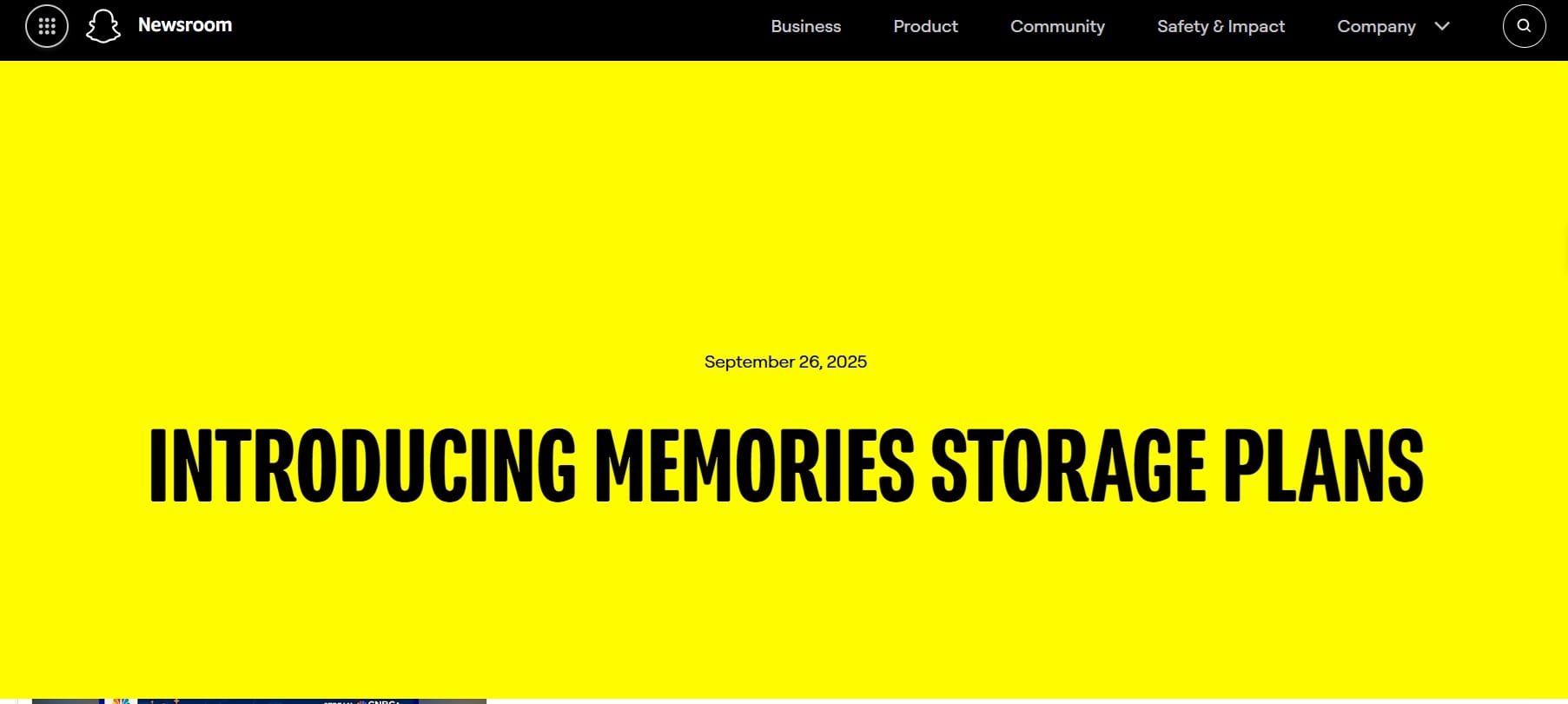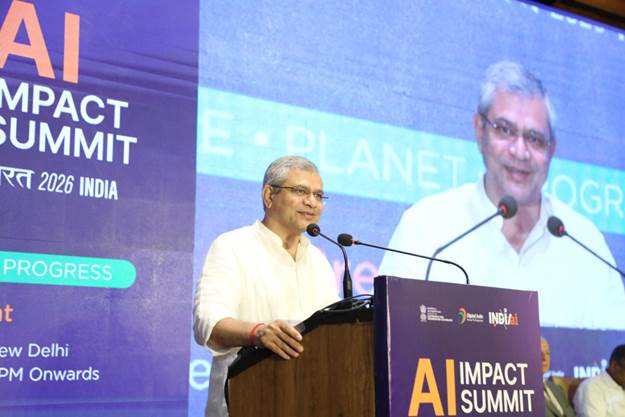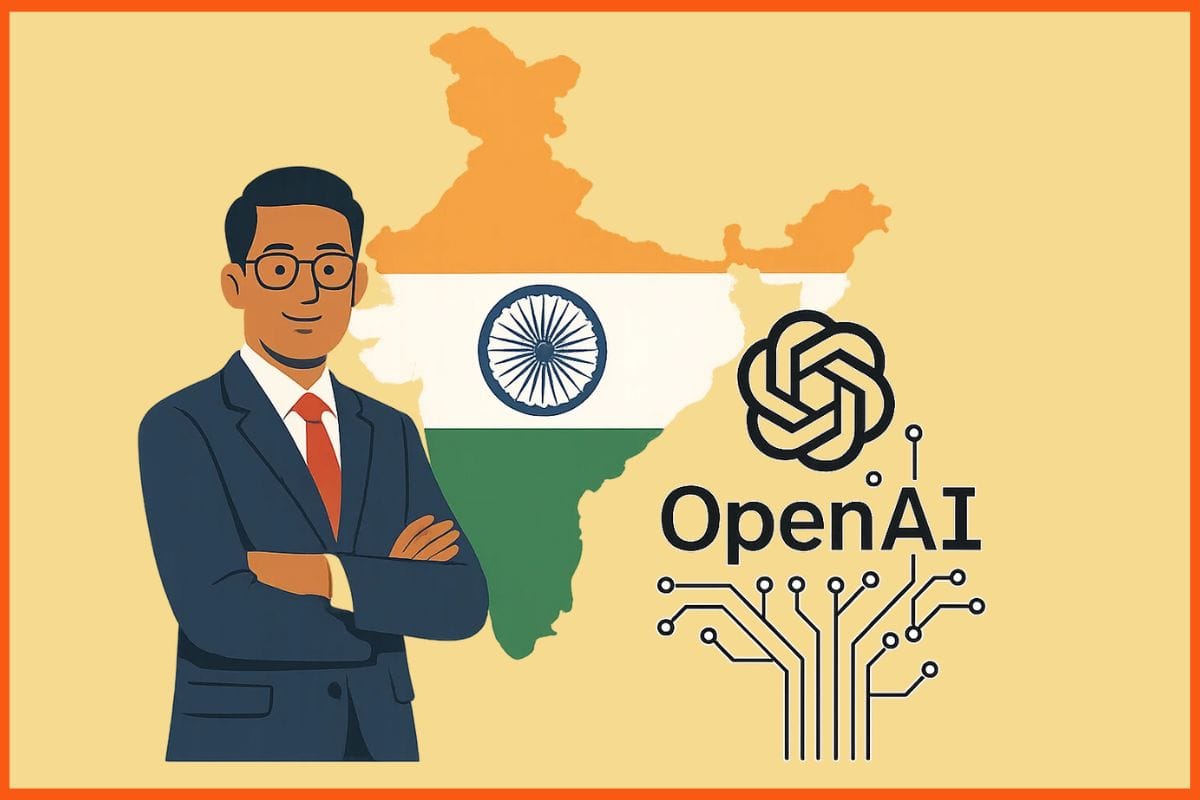Apple has officially become a major player in India’s manufacturing sector. The news has come to light after all the new iPhones (iPhone 17 series + iPhone Air) were made in India. Such a significant move has created over 350,000 jobs, which is another notable development, given the ongoing trade war between India and the U.S. About 1,20,000 are direct jobs, and the rest are indirect. Here’s the catch: the number doesn’t include the five Apple iPhone factories set up in India, so the number is much bigger. So, how did Apple escape Trump’s tariff? How did this benefit India? Learn more.
How Did Apple Get Started in India?
- The goal was simple for Apple: it wanted to reduce its dependency on China. So, India became Apple’s new manufacturing destination.
- The partnership with India began in 2017 with the introduction of the iPhone SE. However, the big push came in after 2020, with the Indian government’s Production Linked Incentive (PLI) scheme.
- The scheme that encouraged foreign investments and companies to make smartphones in India.
Who’s Making Iphones in India?
Apple apparently works with over 45 suppliers in India, including:
- Tata Electronics
- Aequs
- Jabil
- Microplastics
- ATL
Approximately 20+ Indian MSMEs (small & medium companies) are part of Apple’s supply chain, which is how they manage their business in India.
The Revenue Angle
- During the periods of 2021–22 and 2024–25, Apple made iPhones worth $45 billion in India.
- Of this $45 billion, about $34 billion (say, 76%) was exported to the international market.
- Following this significant transition, India has become a hub for smartphones, with the country’s #1 export product. This same stat was #167th in exports in the year 2014–15.
Where Is Manufacturing Happening in India?
- Most of Apple’s factories are located in parts of Tamil Nadu and Karnataka.
- The component makers of Apple are spread across Maharashtra, Uttar Pradesh, Gujarat, and Haryana.
Scale of Apple’s India Shift
Here’s the real kicker: Every 1 in 5 iPhones globally is made in India, and the workforce behind them is entirely Indian.
The U.S. Trade Factor
The real question still looms: how did Apple skip the trade war between India and the U.S.?
- Earlier, that was the case, but the Trump administration exempted all smartphones from these tariffs.
- The exemption allowed the company to export Made-in-India iPhones to the U.S. and other countries without incurring additional costs. So, that’s a plus for both Apple and India.













